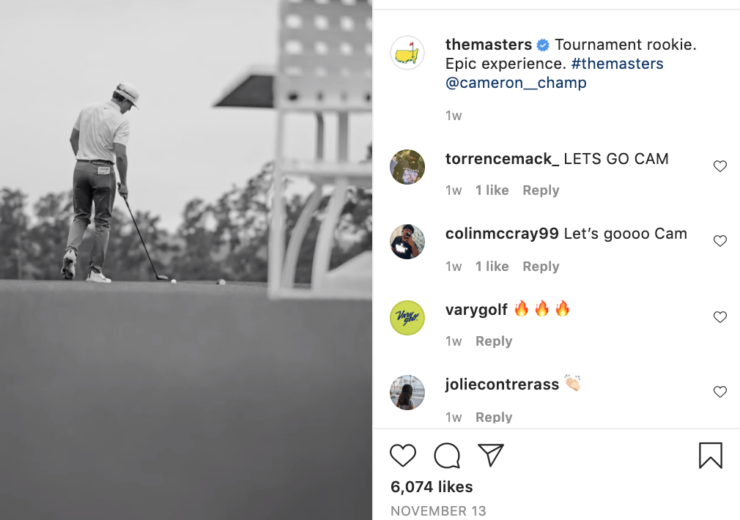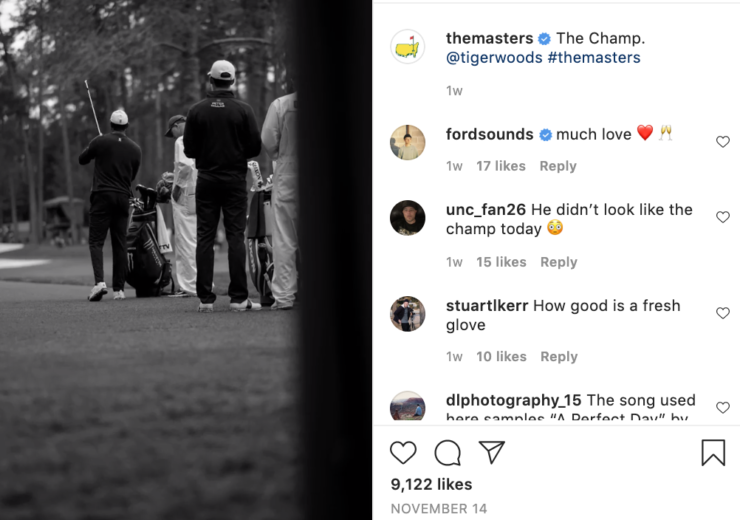Social media is often the place where your brand shows up most consistently and frequently to consumers. Take that and the fact that the channels have become increasingly visual, and there’s never been a more critical time to obsess over your brand or team’s graphics package.
Let’s face it. Visual identity in sports is a crowded space with lots of tired trends. If teams aren’t careful, they can easily blend into the sea of sameness. A team’s graphics package should reflect the brand through and through because of that. The goal should not simply be to create a graphics package that looks cool; the goal should be to create something unique and ownable for the brand.
But how can a team create a graphics package that feels like something they can own? Logo aside, the key is to find graphic details you can pull in that feel brand-inspired. Elements that give subtle nods to the team, city, DNA, etc. in a way they can only own.
Okay, but what the heck does brand-inspired design mean? I know it sounds like some marketing gibberish, so let’s start with a few real-life examples and explanations to help bring it to life.
Yankees (Circa 2018)
When you think of the Yankees, what comes to mind? Iconic, timeless, and prestigious might be just a few. The Yankees are one of those brands that need no introduction and don’t have to chase the tired trends.
In 2018 at the Yankees (I was working there at the time), I felt like we nailed the perfect brand-inspired design for NYY. We owned the pinstripes, iconic for the team, and we brought in nods of gold to play into the premium and championship nature. The visual identity relied on strong compositions to be bold, intriguing, and not overdone. There was a stated yet strong elegance to the simplicity — and it was unlike anything else in the space.
Even with the minimal nature, you could remove all logos and identify NYY, and it felt like the Yankees, and that’s why it worked.
Chargers
The Chargers have built a fun, irreverent, edgy and showy brand and have done an excellent job creating a visual identity that helps them own that. First, they use large, bold text that’s a bit in your face (in a good way); the boldness matches their voice and tone perfectly. Secondly, they lean heavily into a lightning bolt pattern which is an inspired detail that’s ownable for them as a team.
Again, like the Yankees, if you remove the logo and the players, you could still identify the Chargers through the lightning bolt details and big, bold text.
The Suns
Over the last few years, the Suns have focused on owning the Valley with a laser-sharp focus. And when you think of the Valley, what do you think about? The heat, desert hues, etc. The Suns have created a visual identity that definitely has Valley vibes playing with sun shapes, lightning flares, desert textures & heat mirage-inspired details.
The Yankees (2019), Chargers, and Suns are just a few examples of teams with a visual identity that lean into brand-inspired elements and details — but every team should focus on this. With sports teams publishing so many creative assets through social media, nailing a look that is ownable for the brand is critical to marketing. But how do you get there?
First, brainstorm your visual cues.
The biggest key is to brainstorm all the visual cues that your team can own. These visual cues can be pulled from a lot of different places. A few examples include:
Team Name – For example, Jaguars playing into the Jungle or large cat scratch patterns. The Calgary Flames playing into (yes, you guessed it) flame shapes and textures. Or the Houston Rockets using the rocket and flame shapes from their logo as textures and cues.
Locality – This is about taking cues from the city, state or region your team calls home. There are a lot of different elements teams can think of pulling in from their city or region — skyline textures, maps, famous signs (like the NYC Subway numbers), landscape textures, etc.
Brand History + Elements – This is about digging into your brand and history to pull out visual cues beyond the logo. What are other elements fans might somehow relate to your brand, whether obvious or more aspirational to where you want to take your brand? The Yankees using pinstripes is a good example of this. The pinstripes aren’t tied to their logo, but they are certainly an iconic component of their visual DNA. The Dallas Cowboys At Stewart-Haas Racing, smoke textures and details is a brand element for us as a nod to our owner Tony Stewart’s nickname.
Second, build out and test.
Once you have a list of visual cues to play into, it’s important to let the creative and design team do their thing. Briefs are essential to create a season look (even if it’s just an evolution); make a brief that guides on the brand elements you want to explore so those essential ownable elements show up. I think the best briefs give enough guardrails to guide, but don’t put designers in a box they can’t push.
I also believe in this exercise, it’s important to have a few options to react to, so have as many creative helping to solve this challenge as possible. Push the team to bring forth various looks & feels and elements — some literal, some over-the-top and some abstract — then select and scale down to create your final look.
Pressure test the look.
Once you believe your visual identity is in a good spot, ask critical and hard questions to ensure the look is ownable for your team. A few of the questions I like to ask:
When people see our collective assets, will they immediately think [insert team/brand]?
- If we removed our logo and our players, would people be able to identify our brand?
- Are there other teams in the space who have a similar look?
- Does the look feel modern and fresh without being tired?
A visual identity is integral in bringing your brand to life, and it goes well beyond a logo. As our worlds become increasingly more visual, it’s becoming more and more important for brands and teams to get their look right. Every brand has something unique it can own, whether it’s locality cues or something inspired from its history, so take that inspiration to create a brand-inspired design that stands out from the rest of the crowd.
Here’s to more ownable visual identies across the sports space.

